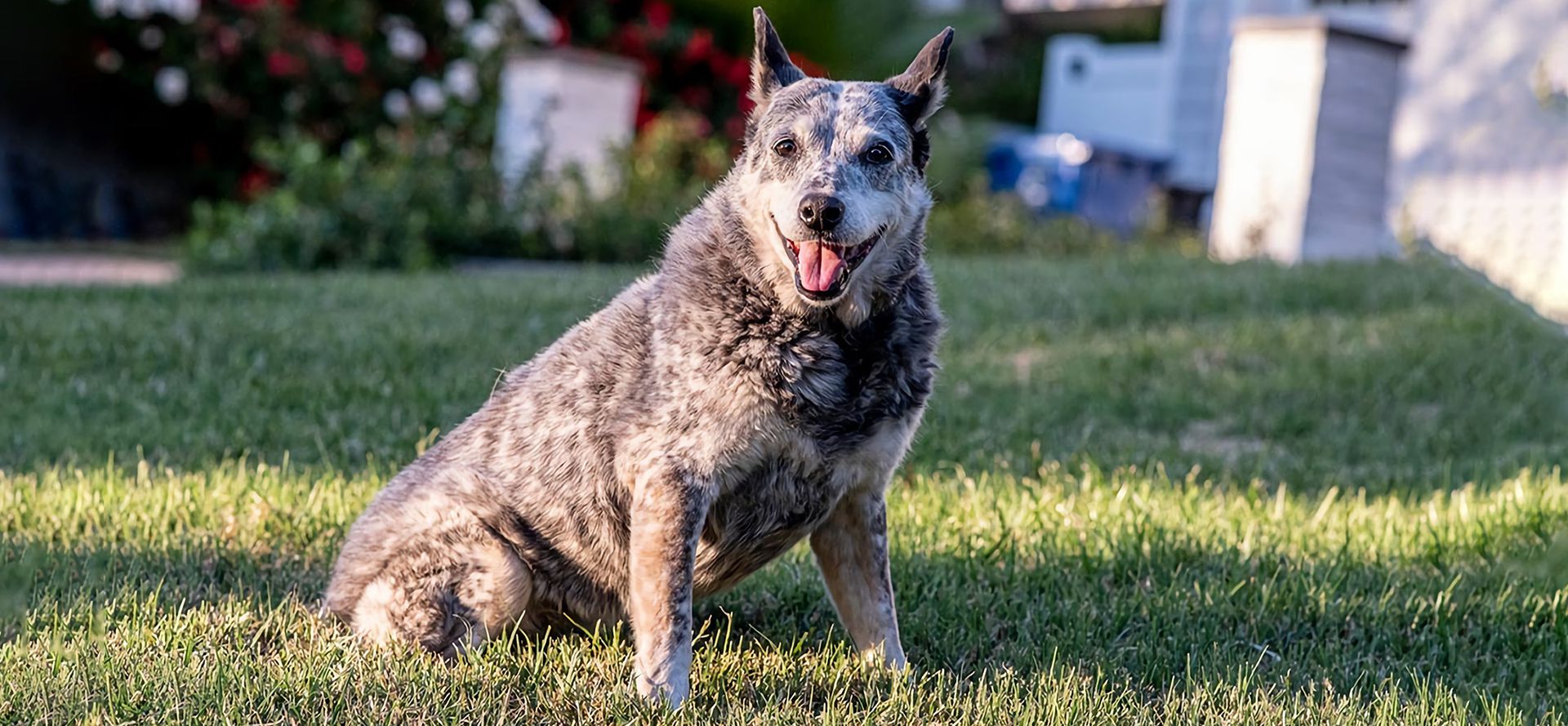Dog Pregnancy

Dogs are man's greatest friend, and many households worldwide consider their dog to be a member of the family. As a result, people's excitement about their dogs becoming pregnant is frequent and understandable.
However, this exhilaration can quickly turn to despair for dog owners who have never experienced dog pregnancy before. This article will present you with the fundamental facts you need to know about dog pregnancy, including signs, stages, symptoms, and what you should do.
Essential Details About Dog Pregnancy
These facts concerning dog pregnancy are significant, and as a dog owner, you should be aware of them.
- Length Of Pregnancy: The length of a dog's pregnancy, also known as the gestation period, is generally between 57 and 65 days, with an average of 63 days. If mating was planned, keep a record of the date and expect delivery between 57 and 65 days later.
- Dog Pregnancy Signs and Symptoms: Most dog pregnancy symptoms may be undetectable throughout the first trimester and a portion of the second trimester. However, if you suspect your dog is pregnant, you should consult a veterinarian.
Typically, your veterinarian will do a blood test to determine your pet's hormone levels. When dogs are pregnant, they have a higher concentration of relaxin hormone.
In addition, around four weeks into the pregnancy, your veterinarian can do an ultrasound to observe the developing puppies in the stomach.

Symptoms Of Dog Pregnancy
Dog owners can observe the following dog pregnancy indicators in the latter part of the second trimester (about 40 days in).
- Weight gain.
- Increase in nipple size.
- Swollen belly.
- Irritability.
- Nesting behavior.
- Increased appetite.
Some of these signs may also be present in the early and mid-stages of pregnancy but are less noticeable.
Dog Pregnancy Stages
Dogs have a comparatively short gestation period compared to humans, lasting about two to three months. This means that the pups proliferate and that each day is critical. The dog's gestation time is divided into three months based on the months of pregnancy.
Month One
The embryos travel to the uterine horn about day 7 of the first month and are lodged in the uterine lining by day 16. By day 22, the fetus has begun to develop normally. An ultrasound can identify a baby’s heartbeat by day 28 or 30. The majority of dog pregnancy symptoms are mild or non-existent.

Month Two
Fetal development is more rapid during this time. By day 32, eyelids have formed, and by day 35, toes are visible. By day 40, the claws had formed, followed by the coat and skeleton by day 45. The vet will do an X-ray on day 50 to determine the number of puppies in the litter.
Pregnancy symptoms become more noticeable: there is a clear, odorless vaginal discharge, changes in appetite, increased urine, and so on.
Month Three
Puppy growth is nearly complete by the third month, and the bitch is ready to give birth (puppy). Puppies begin to shift into whelping position in the birth canal around the penultimate days of pregnancy.
Dog pregnancy symptoms during the last few days of pregnancy include:
- Trimmed waist as puppies move to the birth canal.
- Loss of appetite.
- Decreased temperature around 12-24 hours before labor.
- Restlessness.
- Pacing, panting, shivering, digging.
Dog Pregnancy Care
Once you've determined that your dog is pregnant, you should take the following steps to keep her healthy throughout the pregnancy:

Pay Attention to Nutrition
It is essential to consult your veterinarian about an adequate diet for your dog during pregnancy. In general, if your pregnant pet is at a healthy weight, it is not advised to increase her food intake throughout the first two-thirds of her pregnancy.
However, as her weight begins to rise in the final weeks of pregnancy, it is preferable to gradually increase her food consumption until she consumes 40 to 50 percent more than usual.
Pay Attention to Exercise
When breeding your dog, it is preferable to restrict intense exercise during the first few weeks of pregnancy to improve embryo implantation. Following that, regular exercise is safe until the stomach begins to grow. Pregnant dogs should avoid strenuous exercise during the third trimester.
Conclusion
Dog pregnancy can be pretty simple to manage if you pay close attention to your dog and provide it with the necessary care. You must contact your veterinarian if you notice any problems.
Tags: pet care supplies, dog toothpaste, best pooper scooper for dogs, high quality kitten food, dog booties, is vegan dog food good for dogs, cat toys, cat shampoo for shedding, best dog strollers, self feeder for dogs




